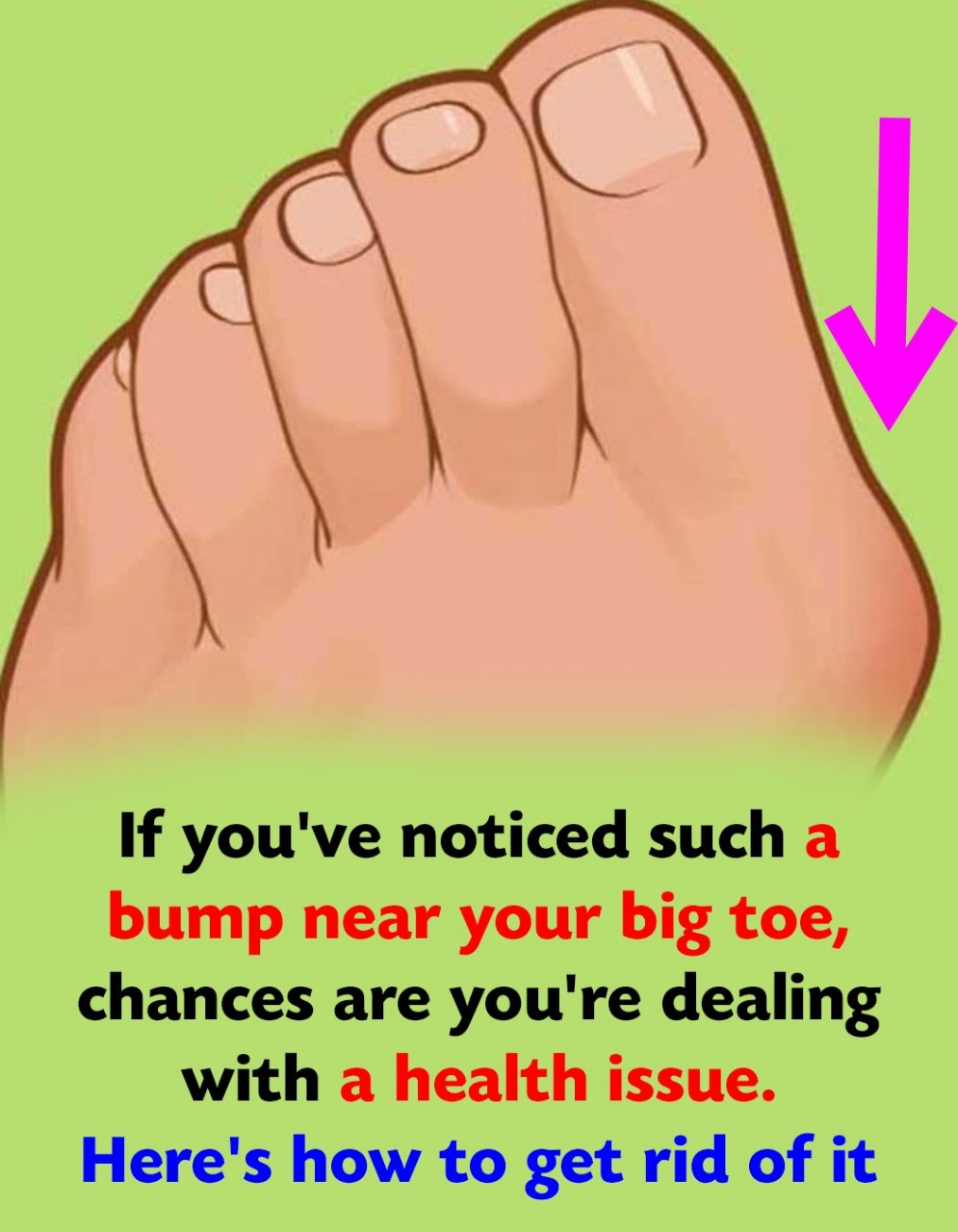– Genetics: Some people are born with foot structures that are prone to bunions.
– Footwear choices: if you wear shoes that are too tight, narrow, or have high heels, this can put pressure on the big toe, forcing it into an abnormal position over time.
– Arthritis: Certain forms of arthritis, such as rheumatoid arthritis, can increase the likelihood of developing bunions due to joint inflammation and instability.
– Foot injuries: Trauma to the foot can sometimes cause the formation of a bunion.
Flat feet or abnormal walking patterns: These issues can contribute to uneven pressure on the feet, worsening the condition.
How to Treat and Get Rid of Bunions
Bunions cannot be reversed without surgery, but there are many ways to relieve the pain, slow down their progression, and improve your quality of life.
1. Choose the Right Footwear
This is the first and most crucial step in managing bunions. Wear shoes that provide enough room for your toes. Tight or narrow shoes can exacerbate the problem, while supportive, wide-toe shoes help prevent further misalignment. Look for footwear with:
Wide toe boxes that allow the toes to lie flat and spread naturally.
Low heels or no heels to reduce pressure on the front of the foot.
Soft, cushioned insoles to absorb shock and provide extra comfort.
2. Use Bunion Pads or Orthotics
Over-the-counter bunion pads or toe spacers can help cushion the bunion and reduce friction from shoes, minimizing pain. These products are particularly helpful if you’re on your feet for extended periods.
If your bunion is causing significant discomfort or having effects on your mobility, custom orthotic devices may be recommended by a podiatrist. These specialized insoles can help to correct improper foot mechanics and provide support to the arches, alleviating pressure on the big toe joint.
3. Pain Management and Anti-Inflammatory Remedies
For mild to moderate pain, over-the-counter pain relievers such as ibuprofen or acetaminophen can help in reducing inflammation and providing relief. Also, applying ice packs to the affected area for 10-15 minutes can help alleviate swelling and numb the pain.
Topical anti-inflammatory creams or gels can provide localized relief, especially during flare-ups.
4. Toe and Foot Exercises
Regular foot exercises can help to maintain flexibility, strengthen the muscles surrounding the toe joint, and slow the progression of bunions. Some helpful exercises include:
Toe stretches: Gently pull the big toe back into proper alignment and hold it for 10 seconds, repeating several times daily.
Towel scrunches: Lay a towel flat on the floor and use your toes to scrunch it up, which can strengthen the muscles in your feet.
Toe circles: Rotate your big toe in circular motions to improve flexibility and relieve stiffness in the joint.
5. Bunion Splints
Bunion splints, which are worn at night, can assist to realign the big toe into a more natural position while you sleep. While they won’t “cure” the bunion, they can provide temporary relief from pain and slow the progression of the condition.
6. Corticosteroid Injections
If bunion pain is persistent and severe , your doctor may suggest corticosteroid injections to reduce inflammation and provide temporary relief. This option is typically reserved for cases where other treatments have not been effective.
7. Surgery (Bunionectomy)
For severe bunions that significantly impact your daily activities and don’t respond to conservative treatments, surgery may be the best option. Bunion surgery, or bunionectomy, is a procedure that realigns the bones, ligaments, and tendons in the foot to correct the misalignment and remove the bony protrusion.
There are different types of bunion surgery, depending on the severity of the condition:
Exostectomy: The surgeon removes part of the bony bump but does not realign the bones, often performed in conjunction with osteotomy.
Arthrodesis: For severe cases or arthritic bunions, the surgeon fuses the joint to prevent further movement and pain.
Osteotomy: The surgeon cuts and realigns the bone to correct the position of the big toe.
It typically takes several weeks to months to recover from bunion surgery, and it involves wearing a cast or surgical shoe, physical therapy, and a gradual return to normal activities. While surgery is effective, it’s generally considered a last resort due to the recovery time and potential risks.
Preventing Bunions
Though bunions can’t always be prevented, especially if they are hereditary, there are steps you can take to minimize your risk:
Wear shoes with a wide toe box and avoid high heels: Properly fitting shoes that allow your toes to move freely can reduce the risk of bunions forming.
Support your feet: If you have flat feet or other structural issues, consider using orthotics to improve your foot mechanics.
Take breaks: If you’re on your feet a lot, take regular breaks to reduce pressure on your toes and prevent strain on the joints.
Maintain a healthy weight: Excess weight can place additional pressure on your feet, potentially exacerbating foot problems like bunions.
ADVERTISEMENT

